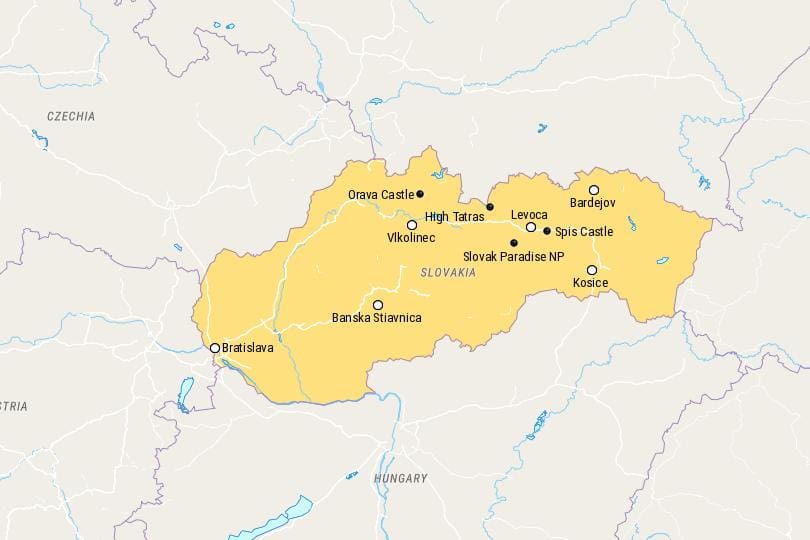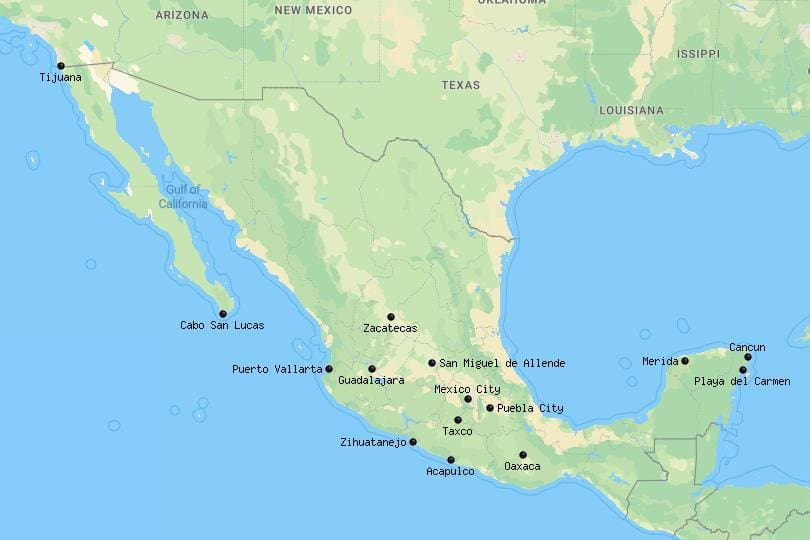Introduction
- Overview of Tsomgo Lake and its significance
- Brief history of the lake and its surroundings
- Importance of the lake for the locals and tourists
Location and Access
- Location of Tsomgo Lake in Sikkim
- How to reach Tsomgo Lake
- Road conditions and permits required
- Best time to visit the lake
Geological Features
- Formation and composition of the lake
- Flora and fauna around the lake
- Unique geological features of the surrounding mountains
Cultural Significance
- The lake in Hindu and Buddhist mythology
- Significance of the lake for the locals
- Traditional ceremonies and rituals associated with the lake
Tourist Activities
- Boating and other water sports
- Trekking and hiking around the lake
- Camping and other adventure activities
- Local food and handicrafts available near the lake
Accommodation
- Accommodation options near Tsomgo Lake
- Homestays and budget options
- Luxury resorts and hotels in the area
Nearby Attractions
- Baba Harbhajan Singh Temple
- Nathula Pass
- Tashi View Point
- Rumtek Monastery
Safety and Precautions
- Tips for safe and enjoyable travel to Tsomgo Lake
- Precautions to take while boating or hiking around the lake
- Altitude sickness and its prevention
Conclusion
- Recap of the beauty and significance of Tsomgo Lake
- Final thoughts on the experience of visiting the lake
FAQs
- Can we visit Tsomgo Lake throughout the year?
- Is photography allowed at the lake?
- What is the best time to visit Tsomgo Lake?
- Is it necessary to take a guide for visiting the lake?
- What kind of food is available near Tsomgo Lake?
Tsomgo Lake, Gangtok: A Journey Through the Jewel of Sikkim
Tsomgo Lake, also known as Changu Lake, is one of the most beautiful natural wonders of Sikkim. Located at an altitude of 12,313 feet above sea level, this pristine lake is surrounded by snow-capped mountains, verdant valleys, and lush forests. The lake is revered by both the Hindus and Buddhists, and it is an important pilgrimage site for the locals. In this article, we will take you on a journey through the jewel of Sikkim, exploring the lake’s geological features, cultural significance, tourist activities, and nearby attractions.
Location and Access
Tsomgo Lake is situated about 38 kilometers from the capital city of Gangtok, and it takes around two hours to reach the lake by road. The road to the lake is well-maintained but steep and winding, offering breathtaking views of the surrounding mountains and valleys. To visit the lake, tourists require permits issued by the Sikkim Tourism Department, which are easily obtainable from the capital city. The best time to visit Tsomgo Lake is from March to June and from September to December, as the lake remains frozen during the winter months.
Geological Features
Tsomgo Lake is a glacial lake formed by the melting of the surrounding snow-capped mountains. The lake is about one kilometer long and 50 meters deep, and its water is crystal clear and turquoise blue. The lake is surrounded by alpine forests of rhododendrons, primulas, and blue poppies, which bloom in a riot of colors during the spring and summer months. The lake is also home to a variety of migratory birds and animals, including Brahminy ducks, red pandas, and yaks The mountains surrounding Tsomgo Lake are rich in unique geological features. The area is a part of the Eastern Himalayan biodiversity hotspot, and the mountains are home to several endemic plant and animal species. The landscape around the lake is characterized by rocky outcrops, steep cliffs, and deep gorges. The mountains are also dotted with several hot springs, which are believed to have medicinal properties.
Cultural Significance
Tsomgo Lake is a sacred site for both the Hindus and Buddhists. According to Hindu mythology, the lake is believed to be the abode of Lord Shiva, and it is an important site for pilgrimage during the festival of Shivratri. Buddhists consider the lake to be a sacred site associated with Guru Rinpoche, the founder of Tibetan Buddhism. The lake is also an important site for traditional ceremonies and rituals, and the locals believe that the lake has healing properties.
Tourist Activities
Tsomgo Lake is a popular tourist destination, and it offers a range of activities for visitors. The lake is a popular spot for boating and other water sports, and tourists can rent paddleboats or rowboats to explore the lake. The lake is also a popular spot for trekking and hiking, with several trails leading up to the surrounding mountains. The area around the lake is also a popular site for camping and other adventure activities, such as rock climbing and paragliding. Visitors can also explore the local cuisine and handicrafts, which are available in the nearby markets.
Accommodation
There are several accommodation options near Tsomgo Lake, ranging from budget options to luxury resorts. The area is home to several homestays, which offer an authentic experience of the local culture and cuisine. There are also several guesthouses and hotels in the nearby towns, which offer comfortable and affordable accommodation. For those looking for a luxurious stay, there are several resorts and hotels near the lake, which offer breathtaking views of the surrounding mountains and valleys.
Nearby Attractions
Tsomgo Lake is surrounded by several other attractions, which are worth visiting during your trip to Sikkim. The Baba Harbhajan Singh Temple, located about 5 kilometers from the lake, is a popular pilgrimage site, dedicated to the Indian Army soldier who died in 1968. Nathula Pass, located about 20 kilometers from the lake, is a strategic mountain pass on the Indo-China border, offering breathtaking views of the surrounding mountains. Tashi View Point, located about 16 kilometers from the lake, offers panoramic views of the Kanchenjunga mountain range. Rumtek Monastery, located about 32 kilometers from the lake, is one of the most important monasteries in Sikkim, and it is home to several rare Buddhist artifacts.
Safety and Precautions
Visitors to Tsomgo Lake are advised to take certain precautions to ensure a safe and enjoyable trip. The area is located at a high altitude, and visitors are advised to acclimatize themselves to the altitude before undertaking any strenuous activities. Visitors should also take precautions while boating or hiking around the lake, as the weather can be unpredictable, and the terrain can be steep and treacherous. Visitors are also advised to carry adequate warm clothing and drinking water, as the weather can be cold and dry.
Conclusion
Tsomgo Lake is a jewel of Sikkim, offering a unique blend of natural beauty, cultural significance, and adventure activities. The lake is a must-visit destination for anyone visiting Sikkim, and it offers a range of activities and attractions for visitors of all ages. Whether you are interested in trekking, boating, or simply soaking in the natural beauty of the surroundings, Tsomgo Lake is an experience that should not be missed. The lake’s geological features, cultural significance, and diverse flora and fauna make it a true wonder of nature, and the local community’s reverence for the lake adds to its charm and mystique. A visit to Tsomgo Lake is not just a trip to a beautiful place but an opportunity to connect with the rich cultural heritage of Sikkim and the warm and hospitable people who call it home.
In conclusion, Tsomgo Lake is a unique and magical destination that should not be missed by anyone who loves nature, adventure, and cultural exploration. With its breathtaking views, serene atmosphere, and rich cultural significance, it is a destination that will stay with you long after you leave. So, pack your bags, and head to Tsomgo Lake for an unforgettable adventure in the heart of Sikkim.
FAQs:
- Can I visit Tsomgo Lake all year round? A: No, Tsomgo Lake is closed to visitors during the winter months due to heavy snowfall and the risk of avalanches.
- How do I get to Tsomgo Lake? A: Tsomgo Lake can be reached by road from Gangtok, and there are also regular bus and taxi services available.
- Are there any trekking trails around Tsomgo Lake? A: Yes, there are several trekking trails around the lake, ranging from easy to moderate difficulty levels.
- Is there any accommodation available near Tsomgo Lake? A: Yes, there are several hotels and lodges near Tsomgo Lake that offer comfortable accommodation for visitors.
- What is the best time to visit Tsomgo Lake? A: The best time to visit Tsomgo Lake is during the spring and summer months, from April to June, when the weather is pleasant, and the flora and fauna are in full bloom.









